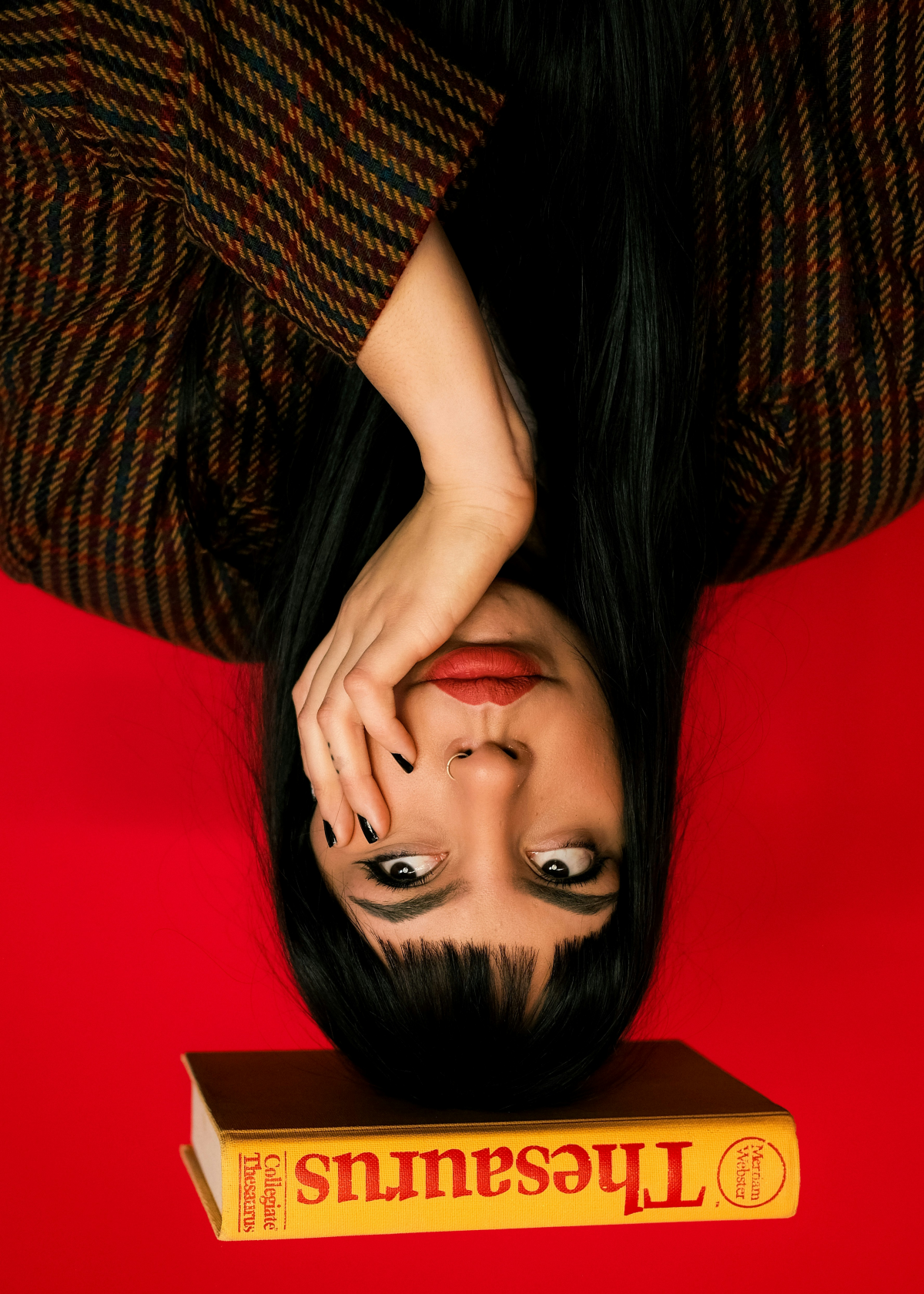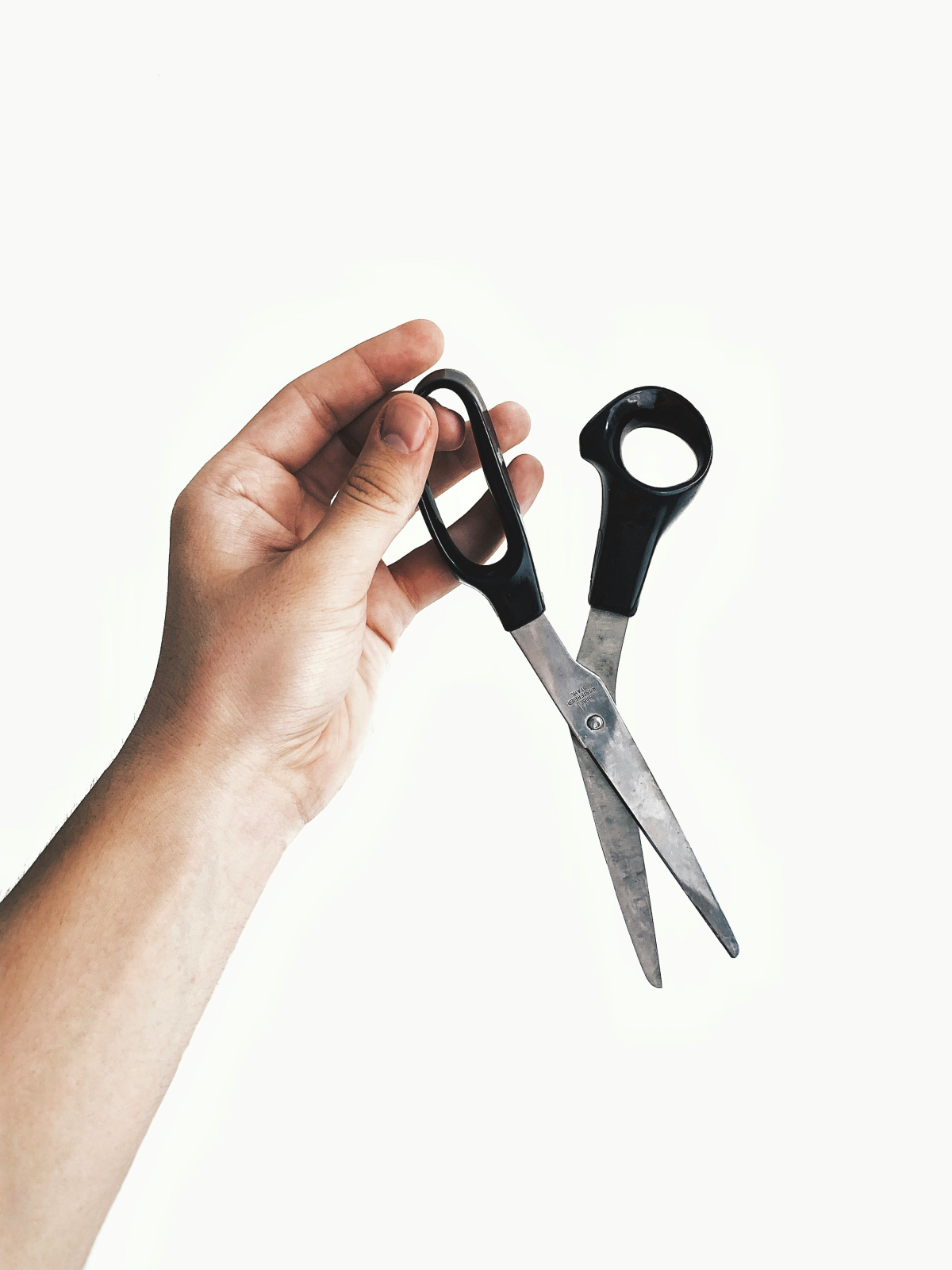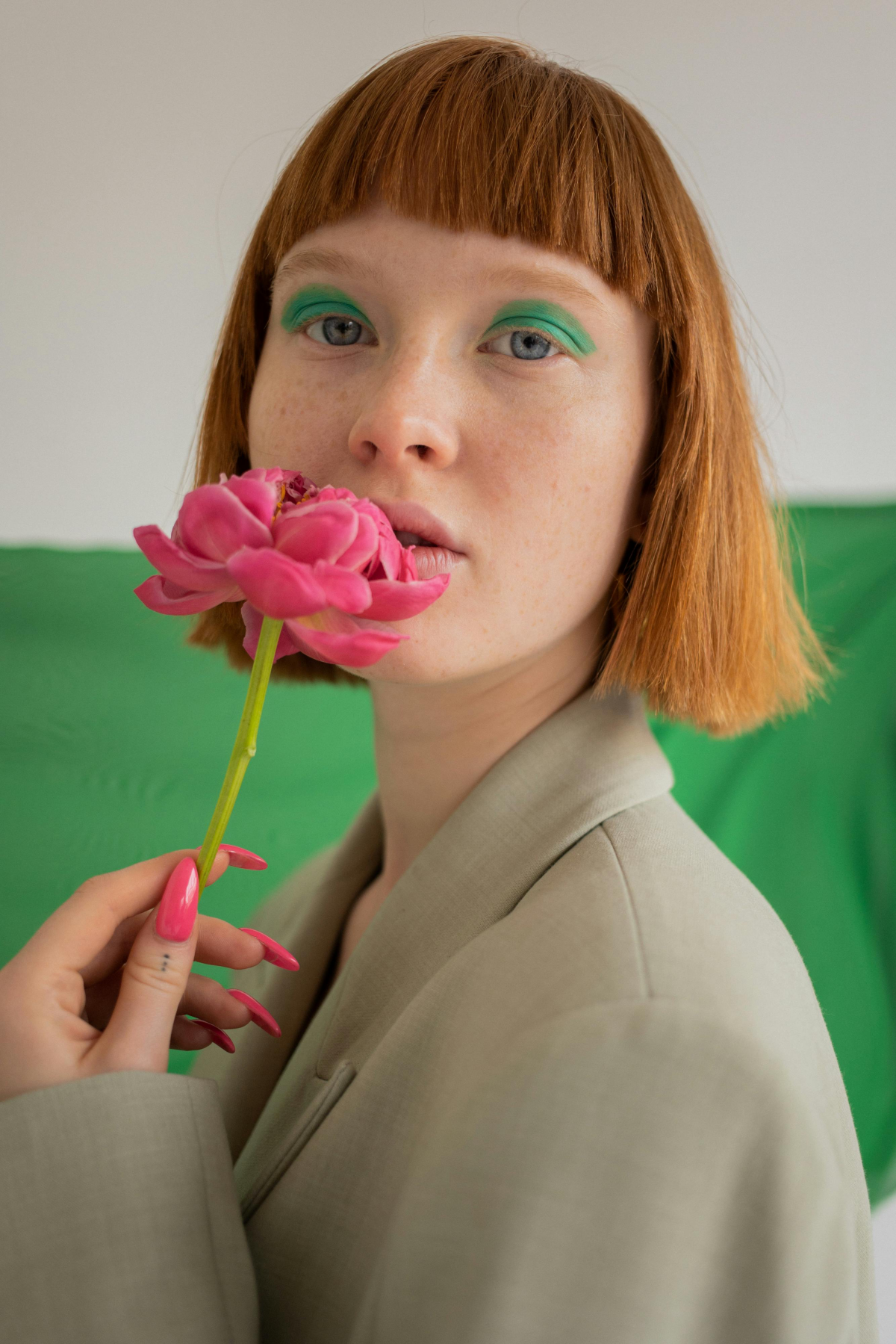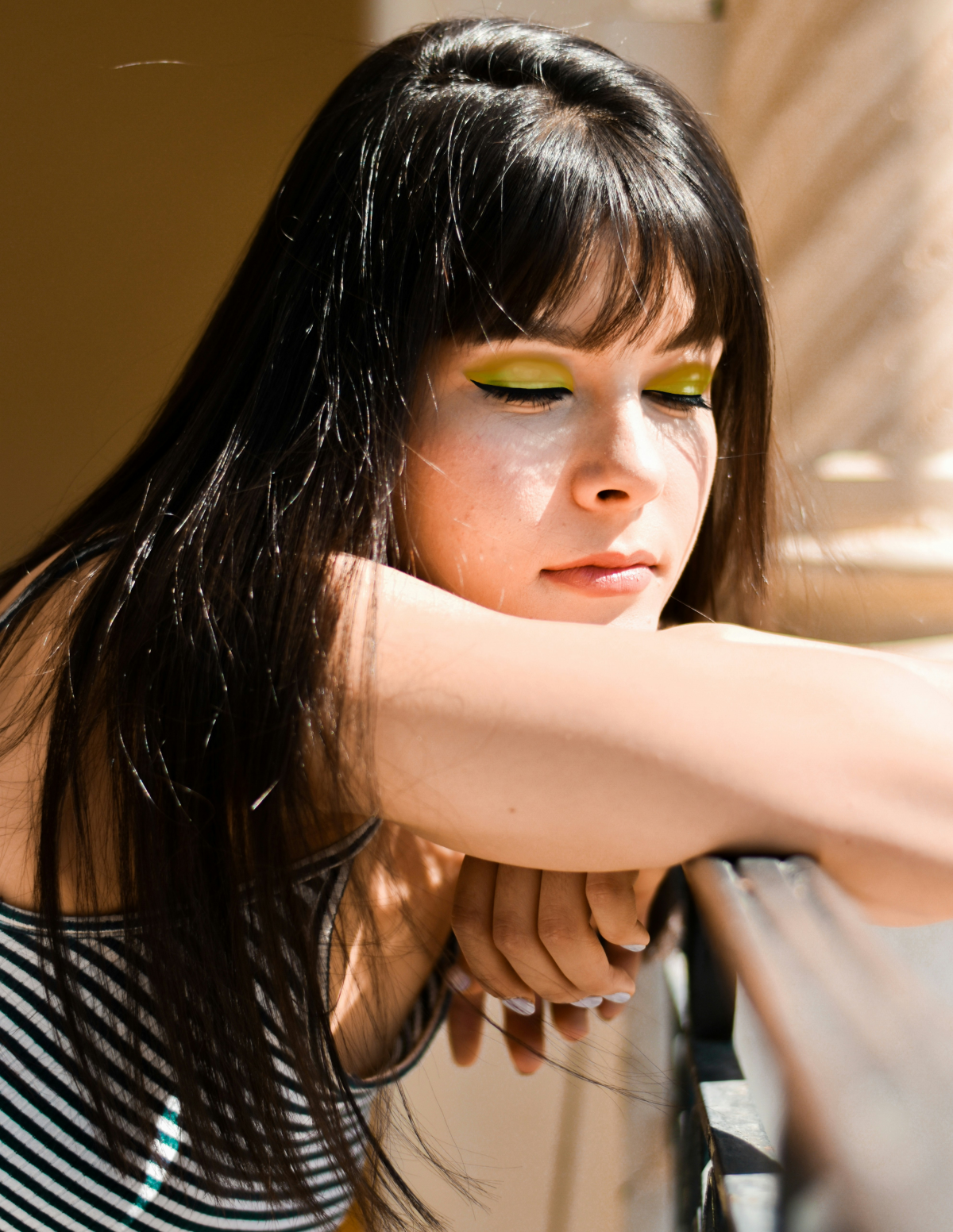Should I Get Bangs? A Stylist’s Honest Guide to Finding Your Perfect Fringe
I’ve been behind the styling chair for a long, long time. And over the years, the most common question I get, usually whispered with a mix of excitement and terror, is: “Do you think I could pull off bangs?” It’s a huge question for most people, often tied to a bad memory of a childhood haircut or a friend’s DIY disaster.
In this article
- First Things First: It’s All About Texture & Balance
- A Quick Guide to Bangs & Face Shapes (Use This as a Guideline, Not a Rule!)
- A Special Note for Glasses-Wearers
- Stylist Secrets You Can Actually Use
- The Reality of Living With Bangs (The Commitment is Real)
- My One Big “Please Don’t”
- How to Find a Stylist Who Gets It
- Galerie d’inspiration
My answer is almost always a confident “Yes!” But here’s the secret: it’s not about just snipping some hair. It’s about a real conversation. It’s about your hair’s unique personality, your lifestyle, and the simple principles of balance that we hair pros live by.
So, let’s forget those generic online quizzes. Finding the right bangs is a craft, a collaboration between you and a good stylist. We’re going to go way beyond just your face shape and get into the nitty-gritty details that make the difference between an okay haircut and a fantastic one. This is about giving you the confidence to finally make the chop and know exactly how to handle it afterward.
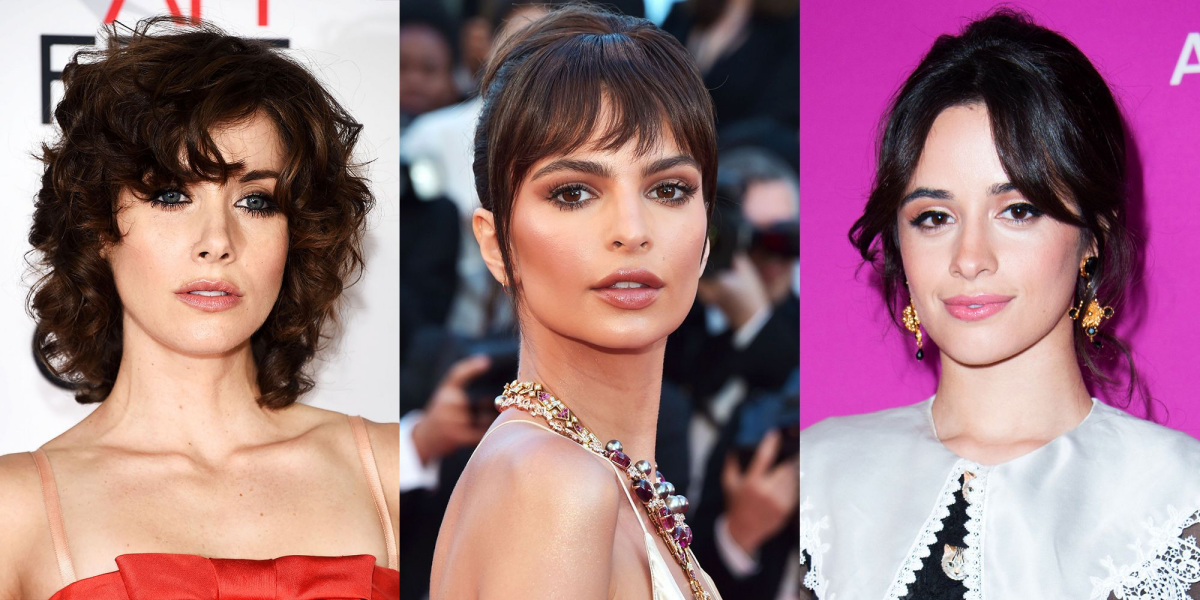
First Things First: It’s All About Texture & Balance
Before we even whisper the words “face shape,” we need to get real about the fundamentals. Think of us stylists as part-artist, part-architect. We use lines, angles, and weight to create a balanced look, and bangs are our most powerful tool for reshaping things.
A strong, blunt bang creates a bold horizontal line. This can visually shorten a longer face or add a little width to a narrow one—it’s a classic trick for a reason. On the other hand, softer styles like curtain or side-swept bangs create diagonal lines. These are your best friends for softening a strong jawline or adding movement, drawing the eye where we want it to go.
But honestly? The number one reason a new set of bangs fails is that nobody considered the hair’s texture. This is a huge deal. You simply can’t expect to get the same look as a celebrity if your hair type is completely different. I learned this the hard way early in my career when a client with very fine, thin hair wanted a super thick, heavy fringe. If I had done it, her bangs would have looked stringy and the rest of her hair would have looked even thinner. Instead, we went for a wispier, textured style that gave her a bold look that actually worked with her hair.
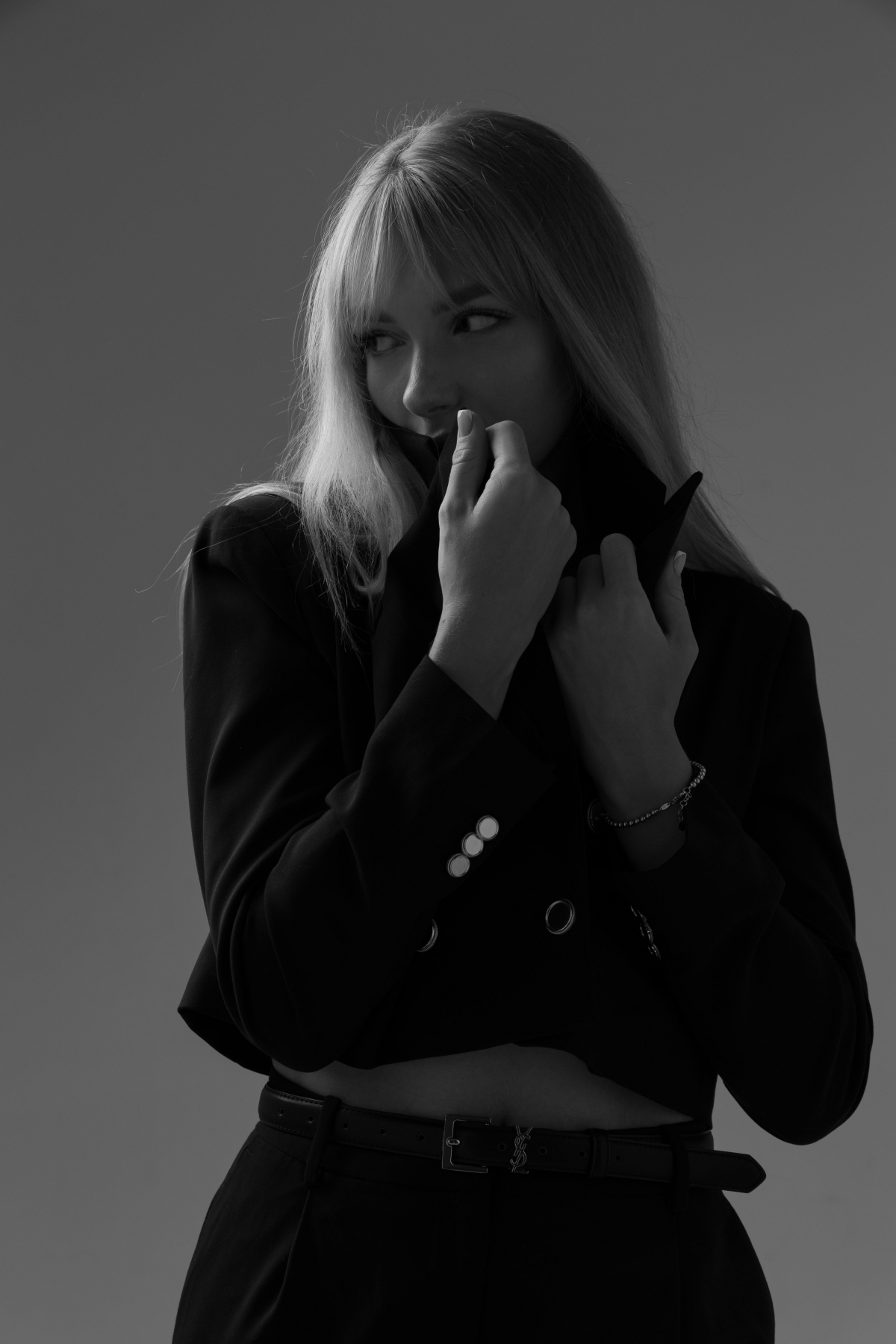
- For Fine Hair: Heavy bangs are a no-go. They get greasy fast and can look sparse. The best bet is a lighter, wispier, or piecey style. It creates the illusion of fullness without sacrificing half your hair to the cause.
- For Thick Hair: You’ve hit the jackpot for blunt bangs! But, thick hair can get bulky. A good stylist will know to texturize or remove weight from underneath so the bangs lie flat instead of creating a puffy “shelf” on your forehead.
- For Curly & Wavy Hair: This is a whole different ballgame. Curly bangs should ALWAYS be cut dry, curl by curl. Curls have a “spring factor,” and if you cut them wet, they can bounce up inches shorter than you intended. It’s an art form, and you need someone who respects the curl.
A Quick Guide to Bangs & Face Shapes (Use This as a Guideline, Not a Rule!)
Okay, now we can talk shapes. The old trick of tracing your face on a mirror is a decent start, but don’t get obsessed. Most of us are a combo of shapes. It’s more useful to identify your prominent features. Got a strong jaw? A wide forehead? High cheekbones? We’re just trying to create harmony.
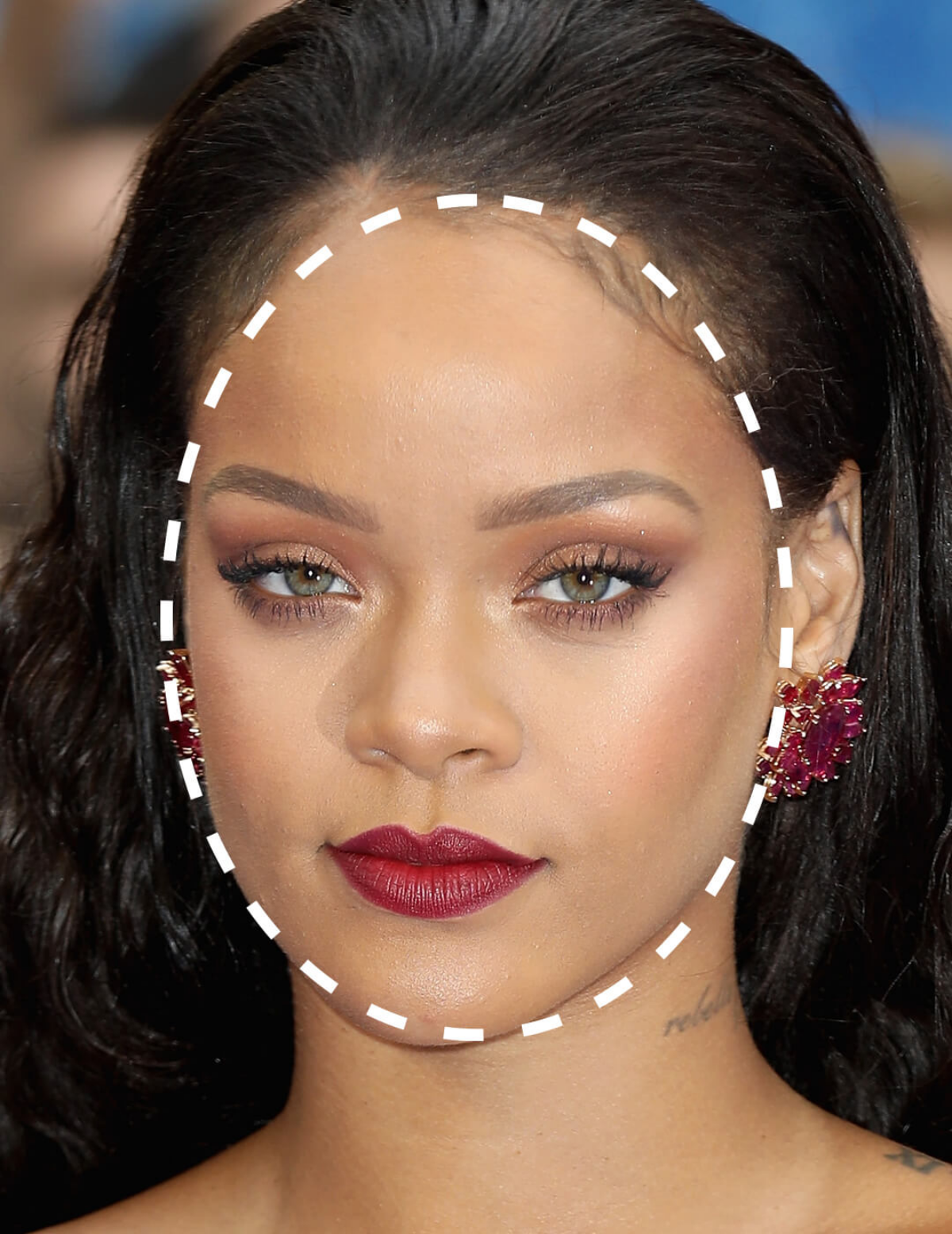
So, with that in mind, here’s a general breakdown of what tends to work best.
- For an Oval Face: You can get away with almost anything, from soft and piecey to side-swept. Curtain bangs are also fantastic. The main thing is to avoid anything too severe that fights your hair’s natural texture. Just because you can, doesn’t mean you should go for a super heavy fringe if you have fine hair. (Maintenance: Low to Medium)
- For a Round Face: The goal is to create length and angles. A deep side-swept bang is the ultimate choice here. It cuts across the face diagonally, which is incredibly elongating. Avoid short, blunt, or rounded bangs—they can make a face look wider. (Maintenance: Medium)
- For a Square Face: We want to soften those beautiful, strong angles. Long, wispy fringes and curtain bangs are perfect. They add a delicate touch that contrasts with a strong jawline. A softly rounded fringe can also work beautifully to counteract the squareness. (Maintenance: Medium to High)
- For a Heart-Shaped Face: The aim is to balance a wider forehead with a narrower chin. A classic side-swept bang is your best friend, as it draws the eye down and away from the forehead. A light, wispy fringe also works wonders. Heads up! This shape often has a widow’s peak, so a blunt bang is usually a bad idea. It will always want to split. (Maintenance: Low to Medium)
- For a Long Face: Here, we want to create the illusion of width. A straight-across, blunt bang that skims the eyebrows is the perfect solution. It creates a strong horizontal line that visually shortens the face. Be careful with micro-bangs, though; they can sometimes make a forehead look even longer. (Maintenance: High)
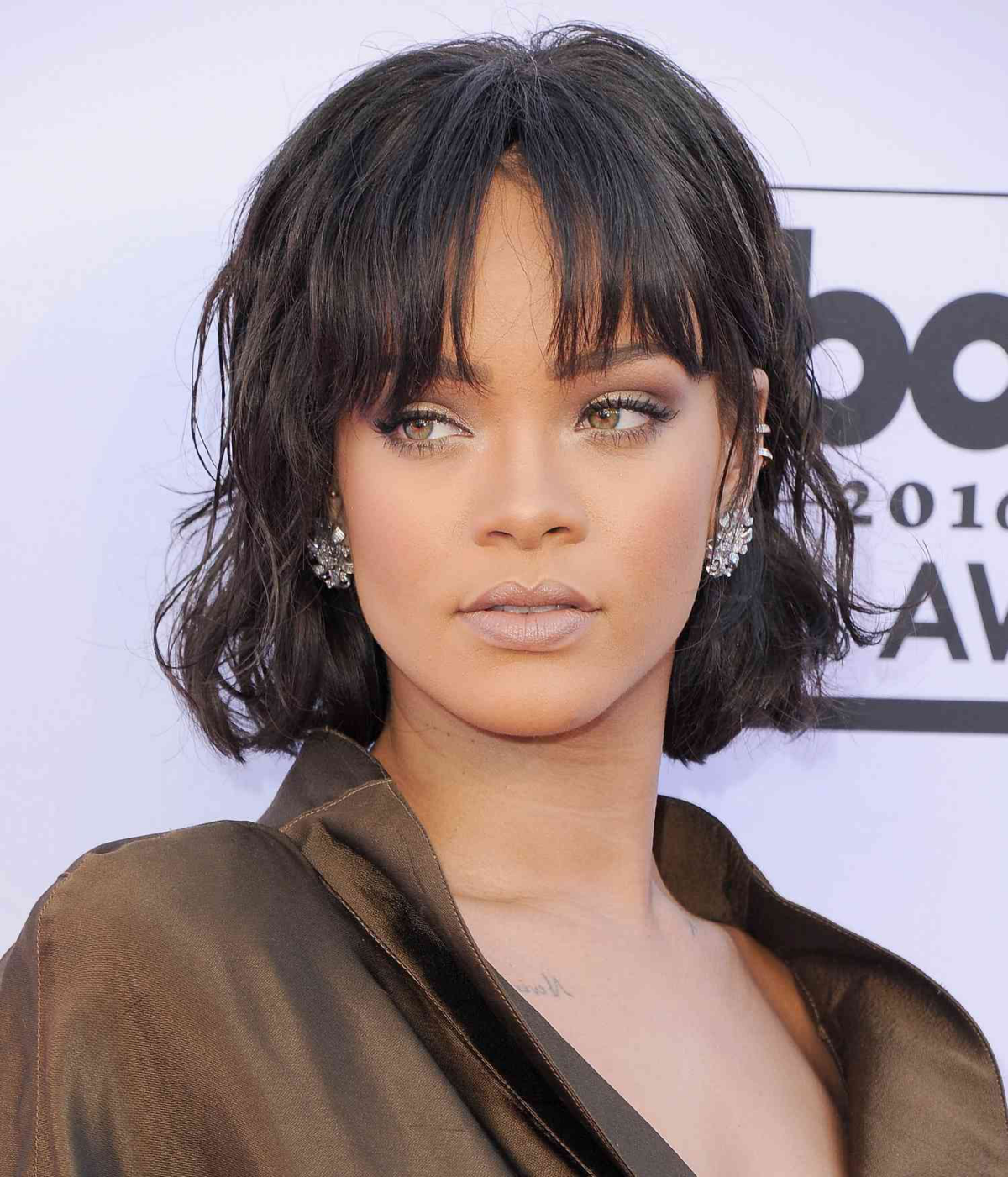
A Special Note for Glasses-Wearers
Oh yeah, this is a big one. I always ask my clients to bring their glasses to the consultation. It’s that important! Think about it: your frames are a major accessory that your bangs have to coexist with.
A heavy, blunt bang can sometimes look clunky or compete with thick frames. In these cases, we might go for wispier bangs that fall softly over the top of the frames, or a great side-swept bang that stays out of the way. The goal is harmony, not a traffic jam on your face. So, if you wear glasses daily, make sure they’re part of the conversation.
Stylist Secrets You Can Actually Use
The magic of a salon cut often comes down to little tricks. Here are a couple you should know about.
The Cowlick Taming Trick: A cowlick is the mortal enemy of perfect bangs. But you can’t fight it—you have to outsmart it. Here’s a 90-second fix: when your hair is damp, isolate the unruly spot. Using a blow dryer with the nozzle attached, brush the hair to the left for 10 seconds. Then brush it to the right for 10 seconds. Then brush it straight down. You’ve just confused the root into submission, and it’ll lie much flatter.

Why We Cut Dry: I almost always cut bangs on dry hair. Why? Hair stretches when it’s wet. If I cut your bangs to the perfect length while wet, they could shrink up half an inch as they dry. I’ve fixed more too-short-bangs from other salons than I can count. Cutting dry means what you see is what you get. No scary surprises.
The Reality of Living With Bangs (The Commitment is Real)
Getting bangs is one thing; living with them is another. They are a commitment, no doubt about it.
First off, plan for an extra 3-5 minutes every single morning. Seriously. Even on days you don’t wash your hair, you’ll likely need to wet and re-style just your bangs. They have a mind of their own.
You’ll also need a few key tools. A good dry shampoo is non-negotiable. Bangs get oily from your forehead, and a quick spritz will bring them back to life. You can grab a travel size of something like Batiste or Klorane for around $10. A mini flat iron is also a lifesaver for smoothing things out, and you can find a decent one for between $25 and $50. You don’t need the fanciest one!

And let’s talk trims. To keep them looking sharp, you’ll need a trim every 3-4 weeks. The good news? Most salons offer a quick bang trim for a low price (maybe $15-$25) or even for free if you’re a regular client. It’s a 10-minute appointment that makes all the difference.
My One Big “Please Don’t”
As a professional, I am begging you: please do not cut your own bangs. I know it’s tempting. You see a tutorial and think, “How hard can it be?” I once spent an hour fixing a set of bangs that were cut with kitchen scissors during a late-night burst of inspiration. The scissors had chewed the hair, one side was a full inch shorter than the other, and there was a nice little hole right in the middle. That five-minute impulse can easily turn into three months of pure frustration. It’s just not worth it.
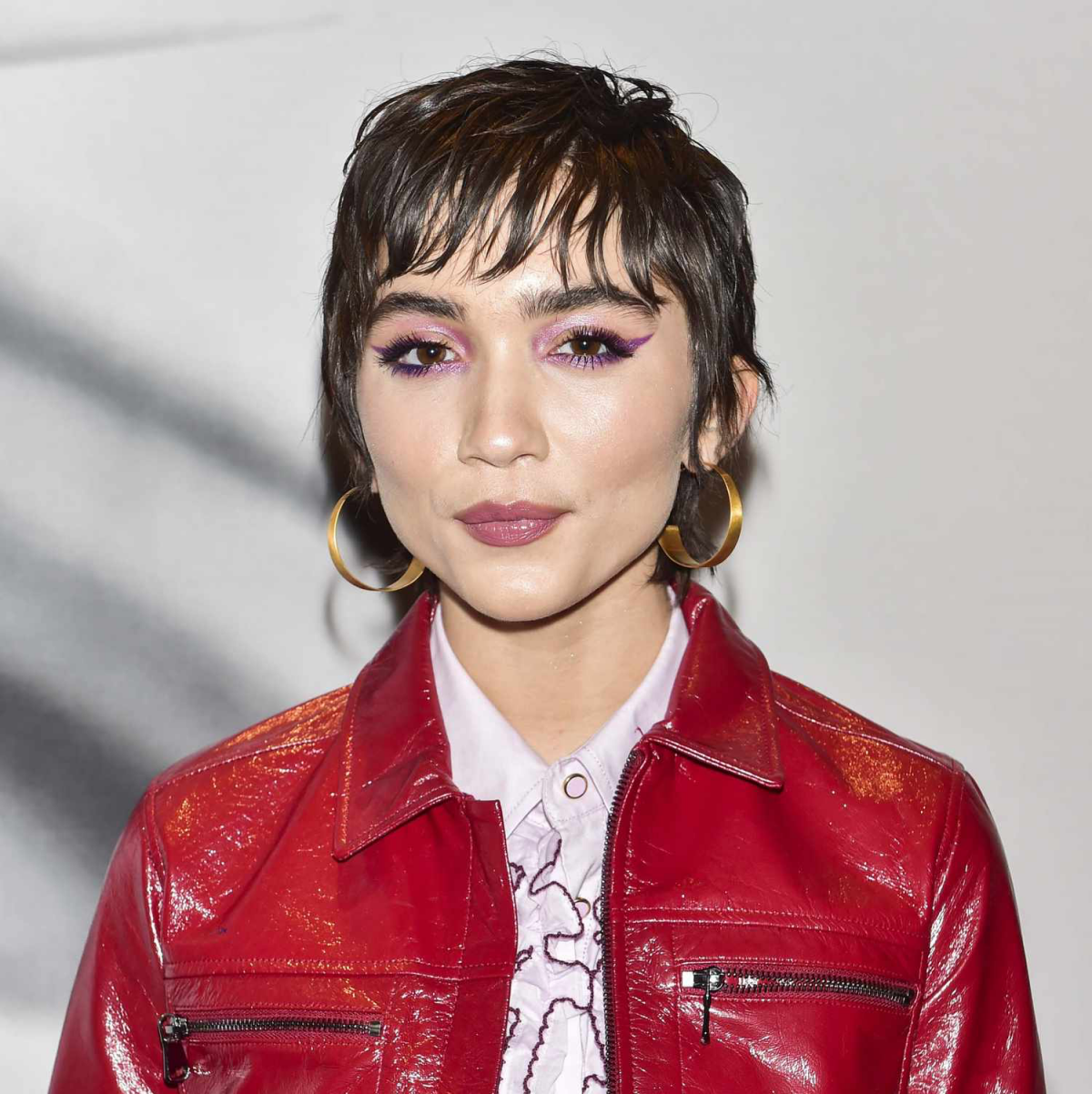
How to Find a Stylist Who Gets It
Finding the right person to make the cut is crucial. A great tip is to do a little social media stalking. Check out a stylist’s Instagram page and look for photos of bangs they have actually cut. Pay close attention if you have curly hair—search for hashtags like
curlybangs or
shagcut to see their work on hair like yours. Pictures don’t lie!
By the way, bangs can sometimes lead to forehead breakouts if you’re prone to them. It’s usually from hair products clogging your pores. Just be sure to pull your bangs back when you wash your face and use a little dry shampoo to absorb oil throughout the day.
Choosing to get bangs is exciting! When they’re right, they can totally refresh your look and highlight your best features. The key is to treat it like a partnership. Have an honest chat with your stylist about your hair, your routine, and what you’re hoping for. A great stylist will guide you to a look that’s not just beautiful, but one you can truly live with and love.
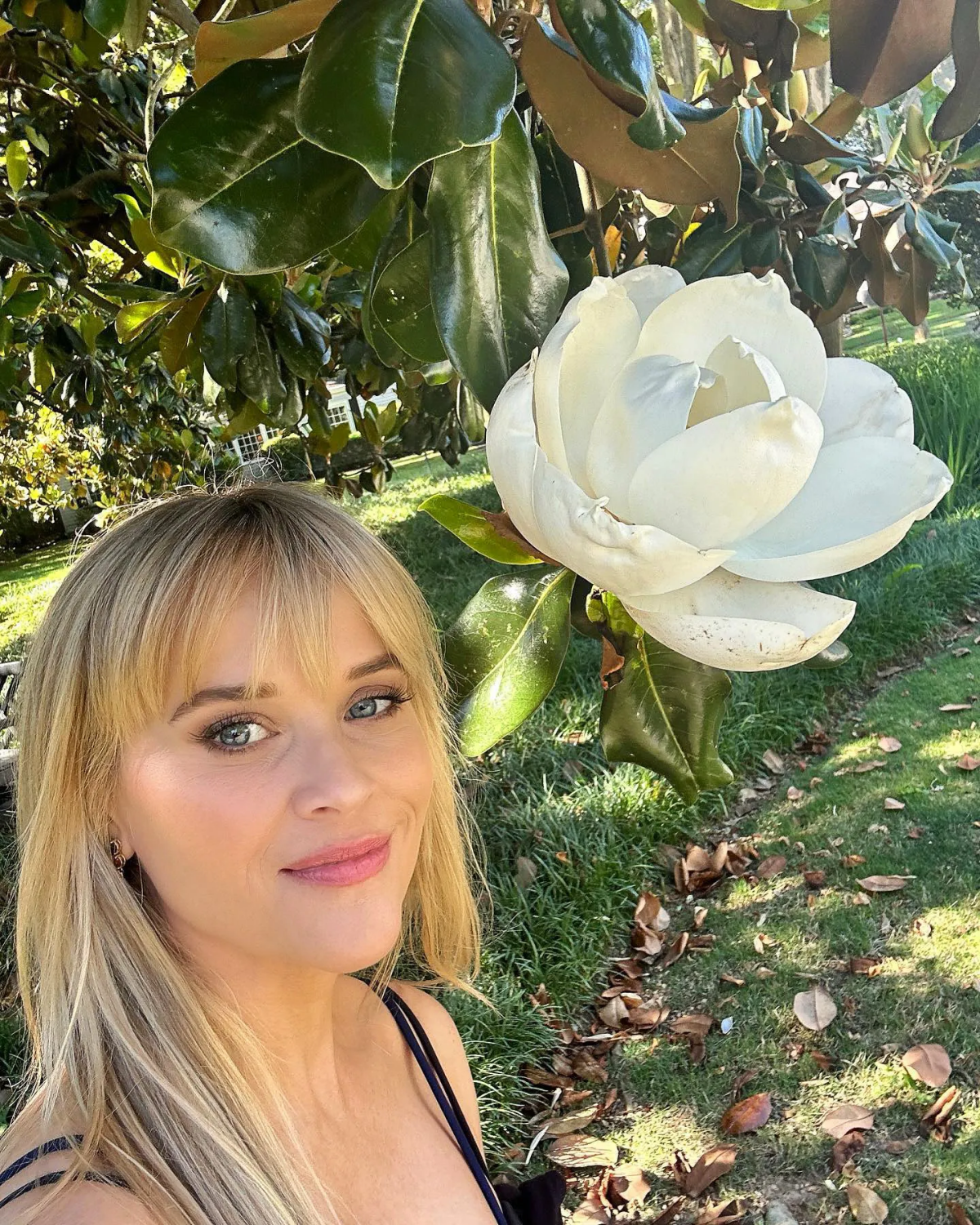
Galerie d’inspiration
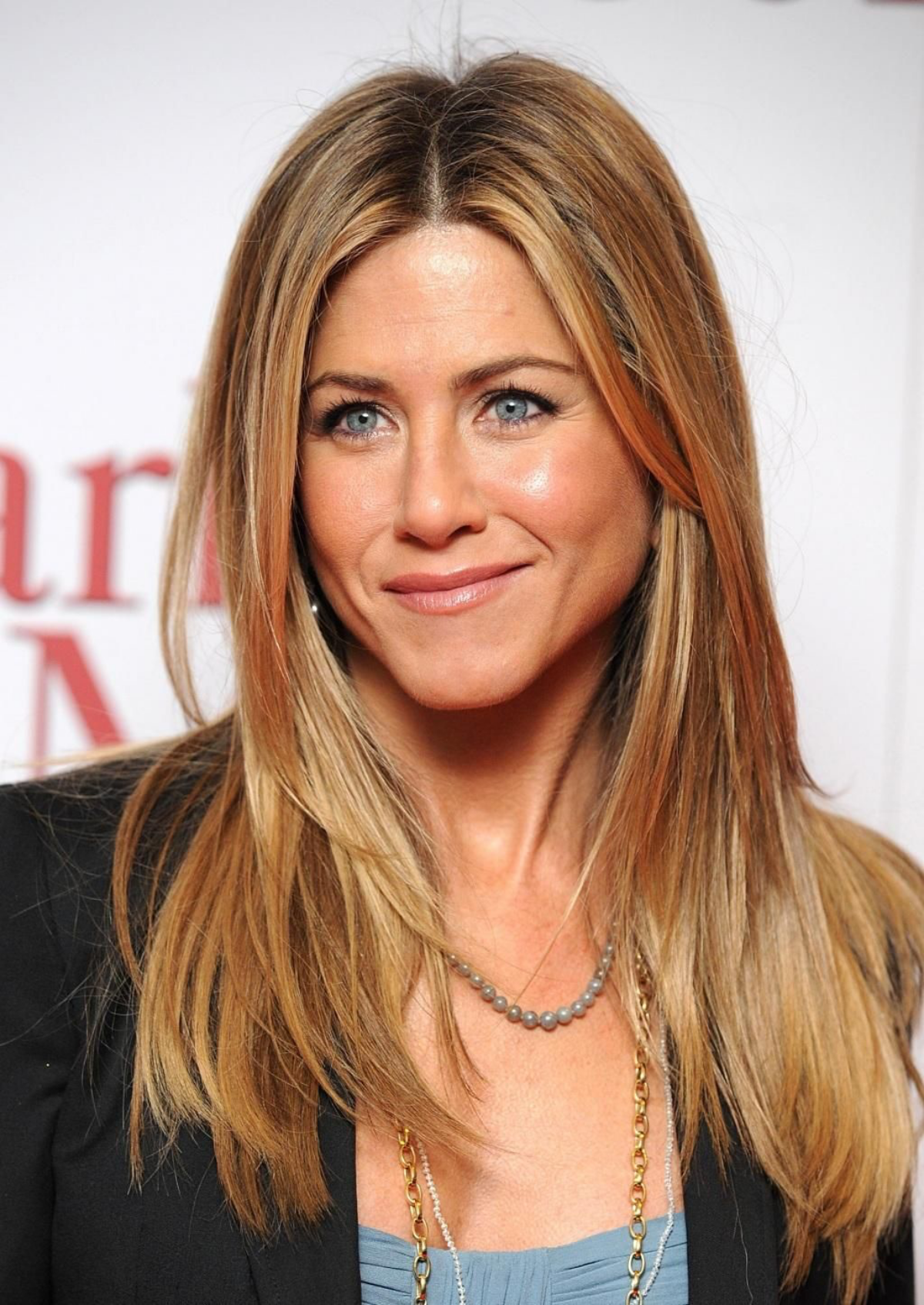
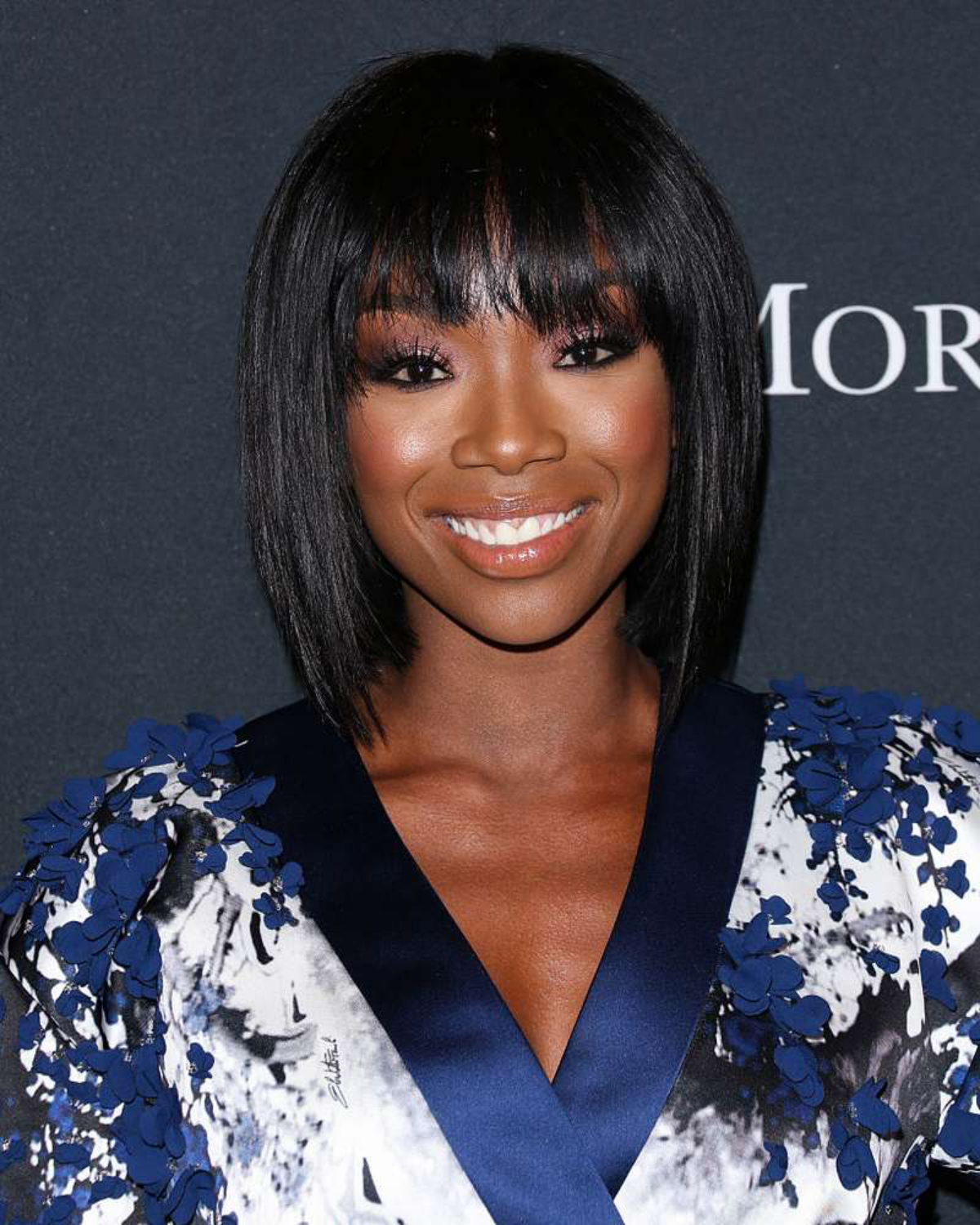
- A mini flat iron for precise styling (ghd’s Unplugged is a cult favorite).
- A small round brush to create shape and volume.
- A quality dry shampoo for instant refreshing. Batiste is classic, but Living Proof’s formula is famously effective.
The secret to perfect bangs? Having the right tools at your fingertips for those two-minute morning touch-ups.
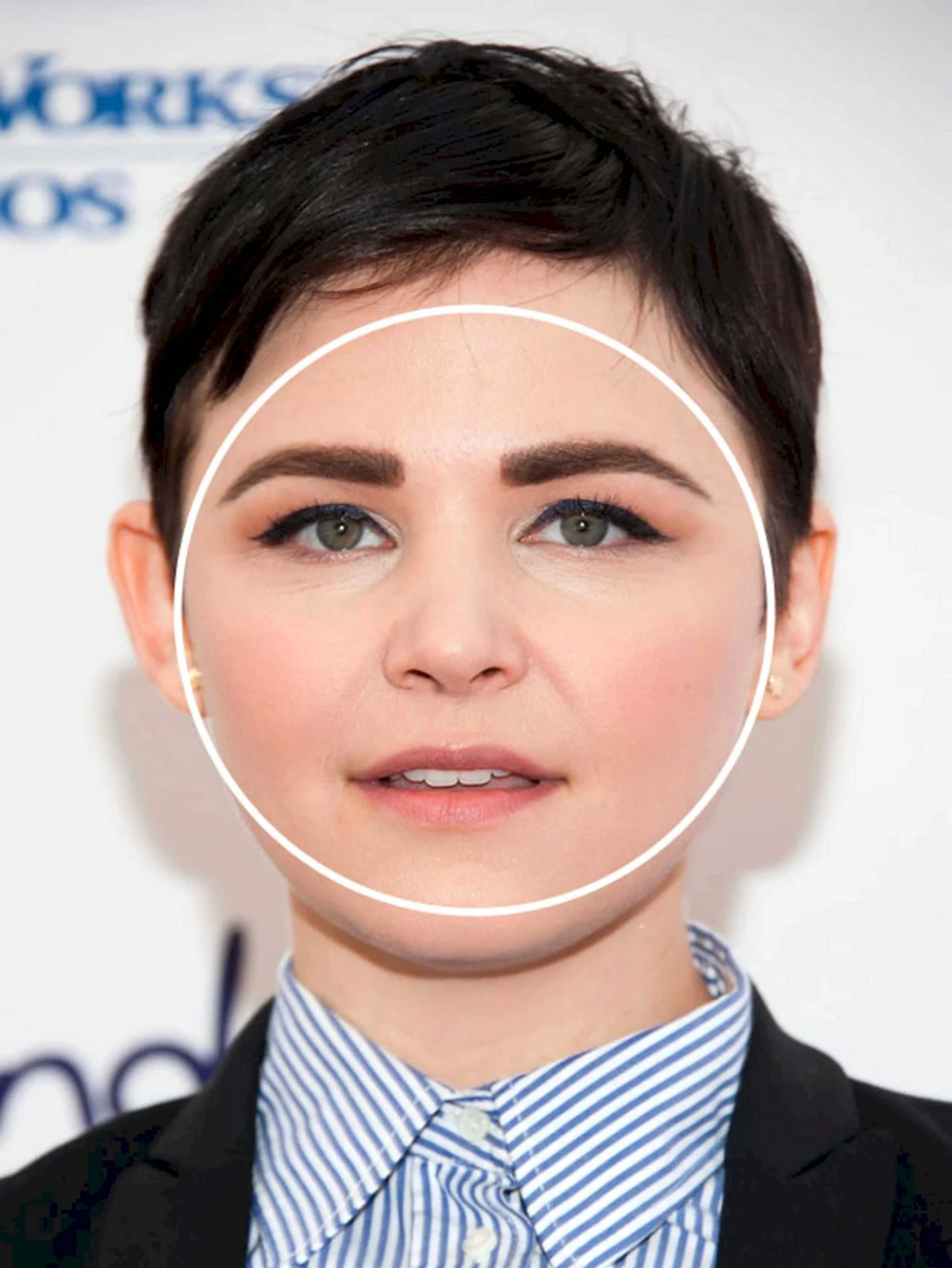
The average person’s hair grows about half an inch (1.25 cm) per month.
Keep this in mind! What feels like a drastic chop will evolve quickly. It means your perfect length needs regular maintenance, but it also means that if you’re not in love, the grow-out phase is faster than you think.

The Real Commitment: It’s not the initial cut, but the upkeep. To keep your fringe looking sharp and out of your eyes, you’re not booking a full haircut every month. Instead, ask your stylist about quick, often complimentary, bang trim appointments every 3-4 weeks. It’s the key to longevity.
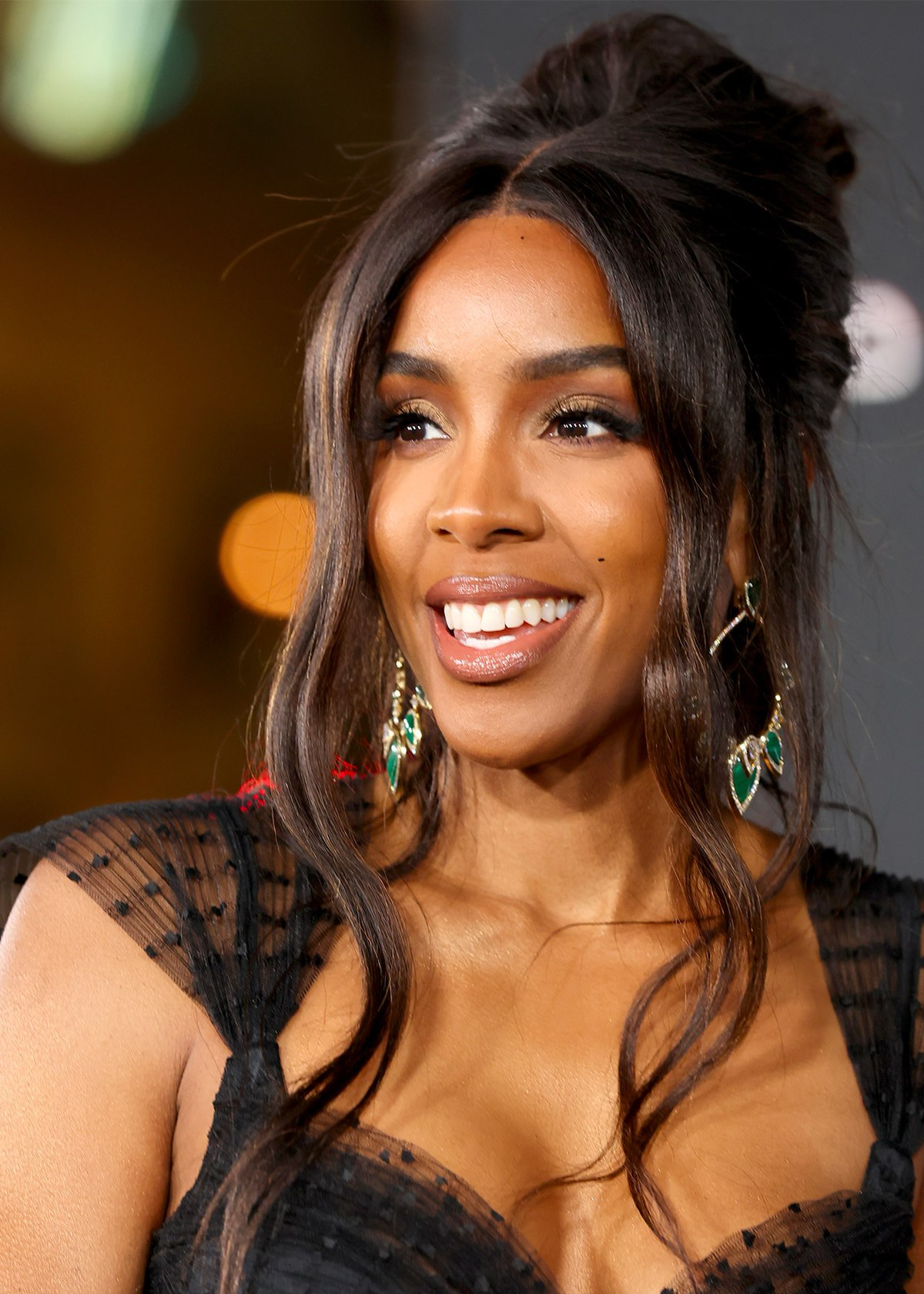
My bangs get greasy so fast! What’s the secret?
Often, the culprit is your forehead’s natural oils, not your hair. Try sweeping a bit of translucent setting powder (like Laura Mercier’s) along your hairline in the morning. For a quick fix, you can even wash just your bangs in the sink with a tiny drop of shampoo for a reset without the full shower routine.
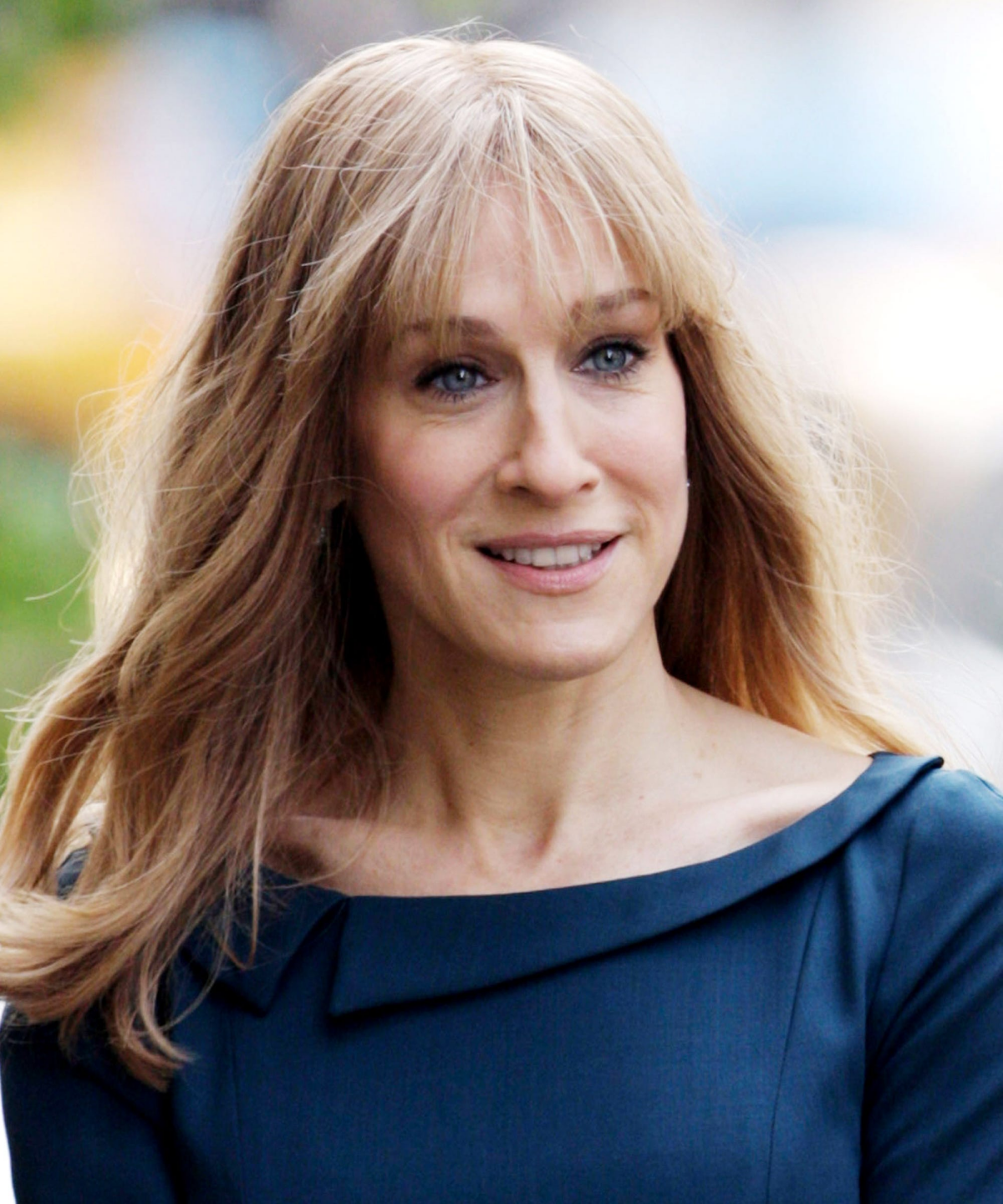
Clip-in Bangs: An amazing way to test-drive the look for a night out. They offer instant gratification with zero risk. However, matching your exact color and texture can be tricky.
The Real Chop: A seamless, authentic part of your look that moves naturally. It becomes *your* hair. It’s a style commitment that pays off in effortless confidence once you master the styling.
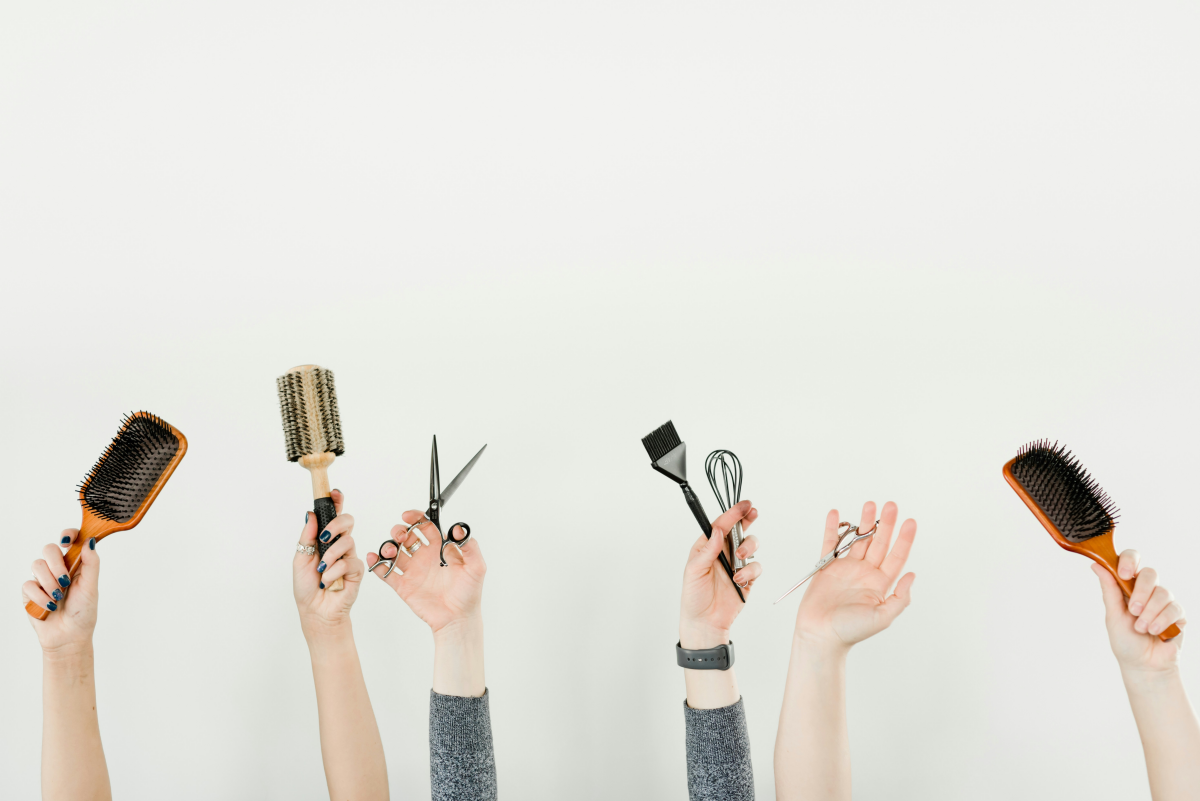
The iconic
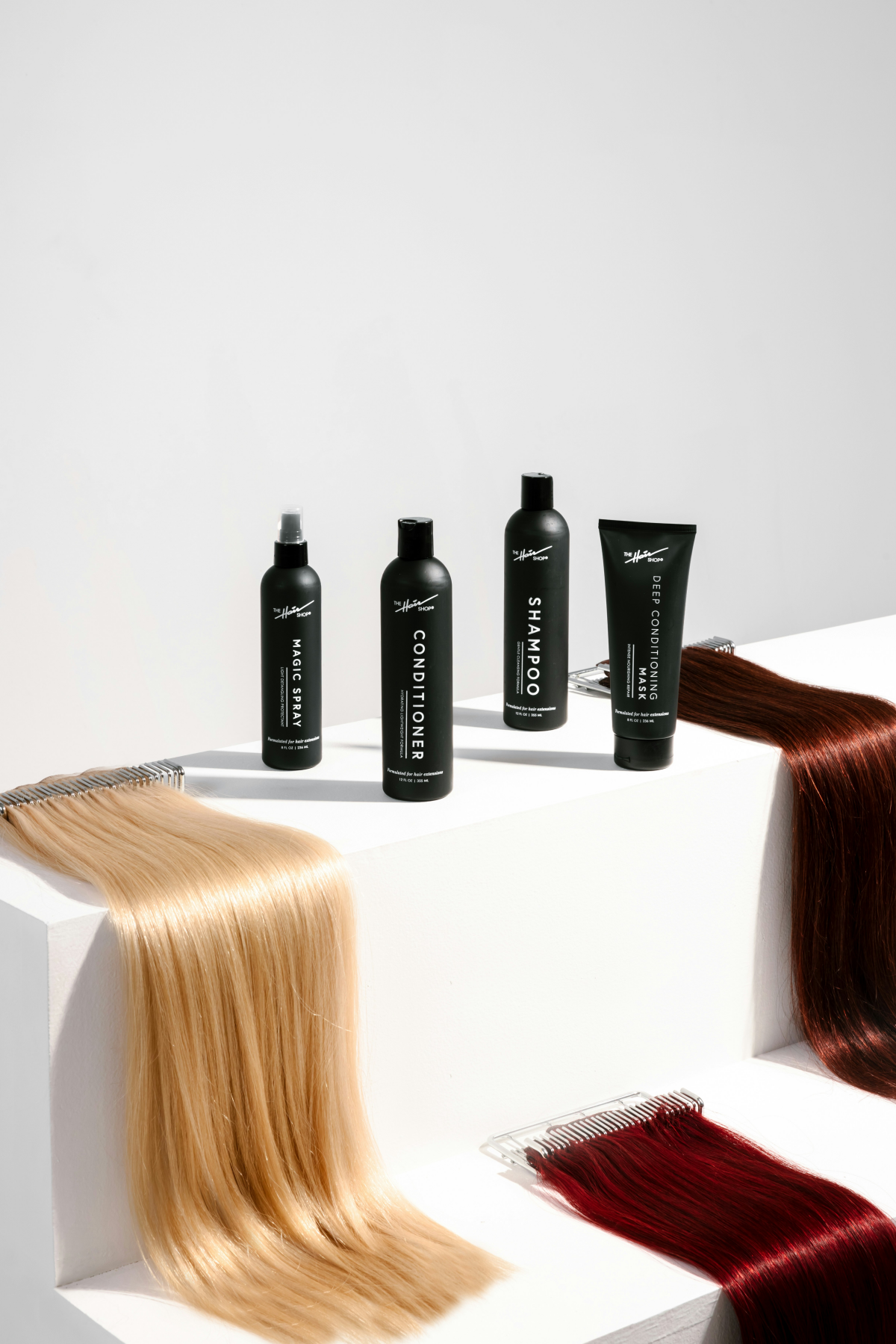
When you bring inspiration photos to your stylist, be prepared to talk about what you specifically like about them. It’s about translating a vibe into a concrete plan.
-
Have a stubborn cowlick right at your hairline? The trick is to tackle it when your hair is soaking wet. Using your blow-dryer’s nozzle for concentrated airflow, brush the roots of your bangs back and forth—left, then right, then down—to break the natural growth pattern *before* you start styling.
According to celebrity hairstylist Jen Atkin,
- They tame flyaways and add shine.
- They feel completely weightless.
- They offer a flexible, touchable hold.
The secret? A modern hairspray. Forget the crunchy, helmet-head formulas of the past. A fine mist of a product like Oribe’s Superfine Hair Spray provides control while leaving your bangs soft and able to move.
A word on DIY trims: If you must, never cut straight across. Always hold the scissors vertically and snip lightly into the ends—a technique called
What about
The power of bangs lies in their ability to redirect focus. Long, side-swept bangs draw the eye diagonally, softening a square jaw. Curtain bangs open up the face, highlighting cheekbones. A short, bold micro-fringe puts all the emphasis on your eyes and brows. It’s architecture for your face.
